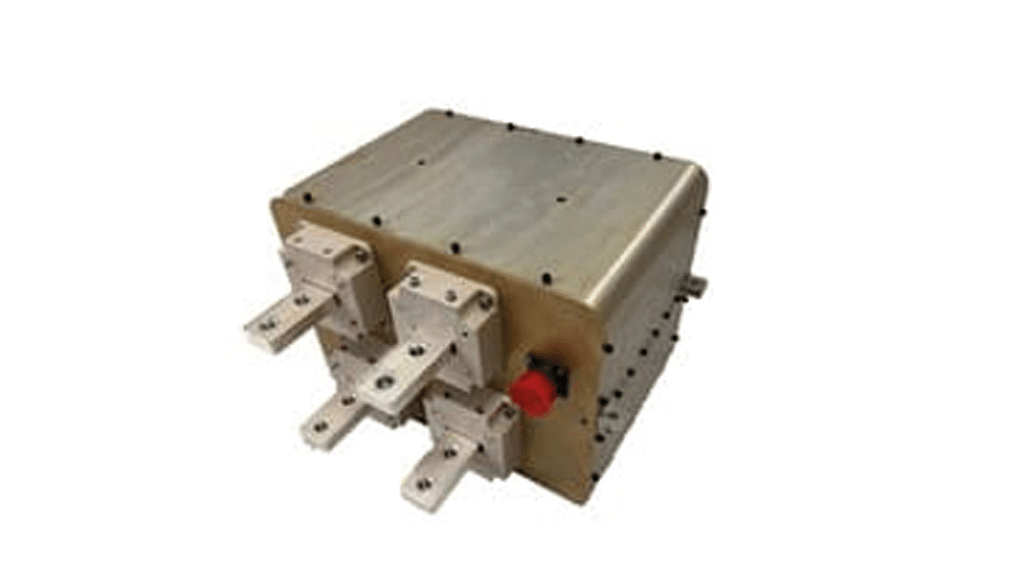RTX has successfully demonstrated the operation of a solid-state circuit breaker to support hybrid-electric propulsion systems in future aircraft, a key part of the aviation industry’s efforts to achieve net-zero carbon emissions by 2050.
Much like a circuit breaker in a residential home, a circuit breaker on an aircraft helps protect the plane by removing power from the system when it senses an electric fault. With future hybrid-electric propulsion systems slated to see increases in voltage and power compared to today’s aircraft, they will require new circuit breakers that can handle higher loads. RTX’s novel solid-state technology will enable its circuit breaker to handle five times the power of the largest circuit breaker flying today, with the ability to interrupt thousands of amps of current in less than 100 microseconds.
The circuit breaker is being developed as part of a collaboration between the RTX Technology Research Center (RTRC), Collins Aerospace and Pratt & Whitney under NASA’s Advanced Air Vehicles Program (AAVP).
“Without new circuit breakers that can manage higher loads, hybrid-electric aircraft won’t be possible,” said Andreas Roelofs, RTX vice president of research and RTRC director. “We’re leveraging the combined expertise of the RTX enterprise in power electronics, protection and integration to create a lightweight, power dense solution that will help enable the next generation of hybrid-electric and all-electric platforms.”
Having completed design, functional and altitude testing, RTX expects to further develop and refine the solution through system integration in Collins’ new electric power systems lab—The Grid—and flight demonstration in the coming years.
Hybrid-electric propulsion is a key pillar of the company’s sustainability technology roadmap. In addition to the solid-state circuit breaker, the company is also developing megawatt-class motor drive systems, a hybrid-electric flight and participating in the European Union’s Clean Aviation SWITCH project.
